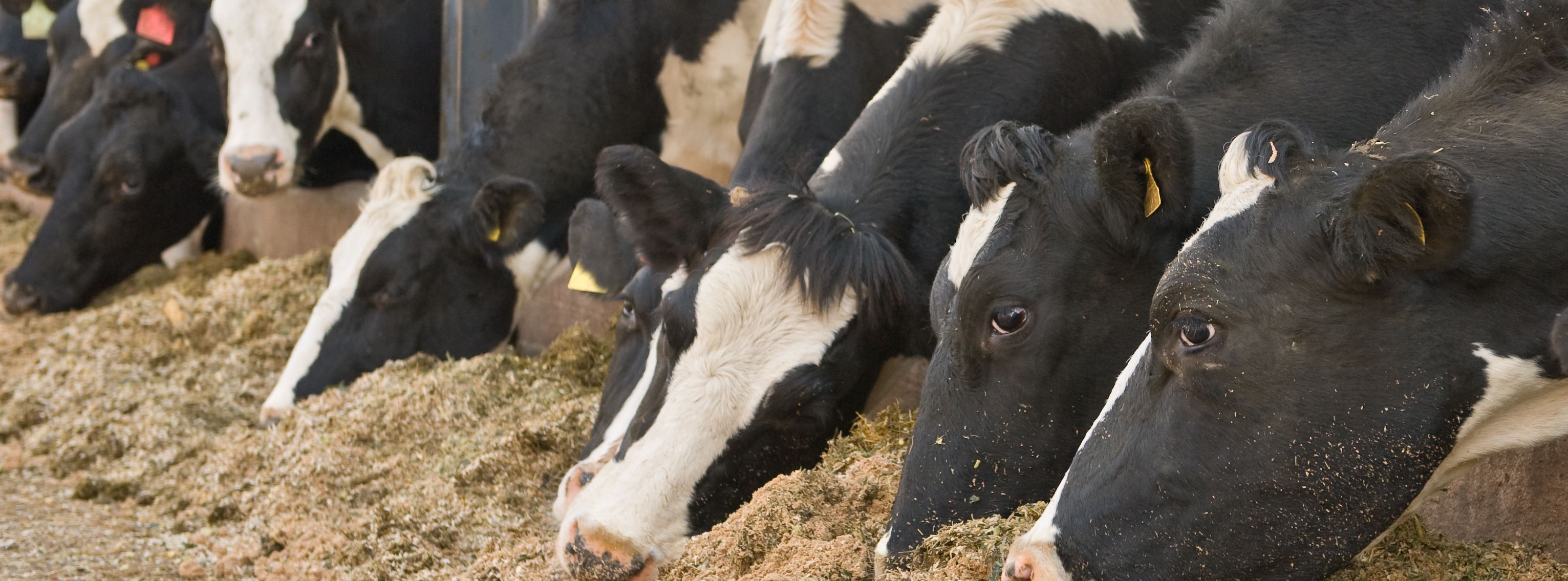Introduction
Maintaining animal health and welfare by ensuring that animals are free from diseases is one of the main objectives for the use of antimicrobials (Gelband et al., 2015). Beyond therapeutic use, antimicrobials have been also used as feed additives for growth promotion and improved productivity (Chattopadhyay, 2014). Although these practices have been phased out in several high-income countries (OIE, 2019), they are still in use in LMIC countries, which is why interventions need to be context-specific (World Bank, 2019). In addition, the use of antimicrobials in livestock production involves particular circumstances intrinsic to the production systems, which determine the drug selected and its administration route. Administration can be applied individually (e.g. by injection) and by choosing the best option for the condition requiring treatment. But sometimes antimicrobials are delivered orally through water or food intake as a pragmatic solution when animals are kept in larger groups.
Globally, it is estimated that more than 70 percent of all antimicrobials sold are used in animal production (World Bank, 2019). Inappropriate use of antimicrobials can promote resistance in bacteria, which then will not respond to antibiotic treatment. This is called antimicrobial resistance (AMR) and is a major concern for human and animal health, posing a threat to disease control throughout the world (WHO, 2015). These consequences could be vast, while the economic consequences of ignoring the threat of AMR could be tremendous and never-ending. Estimates of the costs of failing to address the threat of AMR translate into global GDP shortfalls anywhere between US$1 trillion and US$3.4 trillion annually after 2030, based on an optimistic scenario of low AMR impact, or a high AMR-impact scenario respectively (World Bank, 2017). Notably, livestock production may be cut by 10 percent in low income countries (World Bank 2017).
Strategies that improve animal health and welfare such as disease prevention through immunization, improvement of husbandry practices, and good biosecurity practices are encouraged as alternatives to antimicrobial use. Alternatives to antimicrobials exist, such as the use of zeolites as a feed additive for chicken, the use of phytochemicals with antimicrobial properties, the use of recombinant enzymes that inhibit bacterial biofilm formation and accelerate infection clearance have shown promising results by being combined. There is still a need for further research to better understand the modes of action of many of these compounds that can be used as alternatives to antibiotics in animal feeds. (Hassan et al., 2018).
Moving forward, ensuring appropriate use of antimicrobials by raising awareness and promoting policies to reduce overprescription and control access will also be a critical component of any animal health and welfare strategy (WHO, 2015, FAO and OIE).
Strategies will require multidisciplinary collaboration, adequate surveillance systems, and strong laboratory capacity, many of which are challenges for LMICs (WHO, 2015). These efforts to improve public health from a One Health perspective seek to minimize risks that arise from the interface between humans, animals, and the environment (Nadimpalli et al., 2018).
Points of Consideration
Adopting GAHPs should be one of the first steps in developing any project involving primary production of livestock. Developing and adopting a code of GAHP is critical in setting out the general principles of good practice and the minimum requirements necessary for different types of animals and different production systems. An agreed set of good practices ensures that farming practices of the project provide greater confidence for the health, safety, and quality of animals, their products, as well as workers involved.
Feed manufacturers have a key role to play in preserving antimicrobial efficacy and availability. By limiting the access of medicated feed to veterinary prescription, they can counter the overuse and misuse that leads to increased AMR. Producers of animal feed containing antimicrobials should adhere to best practice guidelines in order to combat antimicrobial resistance (OIE, 2019).
Any project involving primary production of livestock should foresee the medical treatment of animals to secure their health and welfare, and should therefore consider the following points:
✓ Promote the regulation of the manufacturing, circulation, and use of antimicrobials in animals, according to international standards and best practices
✓ Mandate official veterinary supervision of antimicrobial use in animal health to ensure they are used prudently and responsibly
✓ Where possible, monitor AM use and the development of AMR by implementing surveys and creating laboratory capacity
✓ Build capacity among animal health professionals and producers on prevention of infectious diseases including:
o Training animal health professionals and producers, including feed producers, on responsible used of antimicrobials and their alternatives (Ghosh et al., 2016), as mentioned before
o Raising awareness among stakeholders and promote the use of animal medicine record keeping
o Making high-quality products and their alternatives accessible
Approaches and Tools:
Despite current knowledge gaps, there are several practical actions that can be taken to minimize the use of antimicrobials and limit environmental contamination, where possible. One of the basic tools should be emphasis on disease prevention. Another is to include monitoring programs that record the use of antimicrobials at purchase and during production as well as cover emerging resistance through surveillance, particularly farmers’ logbooks. This would give a better sense of the abuse or overuse of antimicrobials, and fill data gaps that are often lacking in key decision-making.
Other actions include:
✓ For disease prevention. Use vaccination, immune modulators, good farm practices and biosecurity as alternatives.
✓ For growth promotion. Implement bans on the use of antimicrobials for growth promotion and promote the use probiotics, prebiotics, organic acids or zeolites as alternatives.
✓ Effectively treat waste to eliminate residual antimicrobials.
Subsequently, effective treatment of wastes to reduce and eliminate residual antimicrobials will reduce environmental contamination. Since most waste treatment protocols were not designed specifically to address antimicrobial residues, their efficacy to mitigate these residues is highly variable depending on the treatment process and the specific antimicrobial in question. A more effective approach will need to overcome challenges of limited or absent waste treatment facilities and standard operating procedures, limited awareness, resources and infrastructure, and weak or poorly enforced regulations.
Improving access to safe drinking water and sanitation are policy priorities in many LMICs. These public health measures significantly reduce diarrheal disease, the second-largest cause of mortality among children in LMICs (O’Neill, 2016). However, these measures are also important in the context of reducing AMR. Although 70 percent of diarrheal diseases in LMICs are caused by viruses, antibiotics are often used for treatment (O’Neill, 2016). Thus, improved water and sanitation can drastically reduce antibiotic consumption (Araya et al. 2016).
✓ Implement a program that monitors the occurrence and development of AMR.
Programs monitoring the occurrence and development of resistance are essential to determine the most important areas for intervention and to monitor the effects of interventions. When designing a monitoring program, it is important to define the purpose of the program. Thus, there are major differences between programs designed to detect changes in a national population, individual herds or groups of animals. In addition, programs have to be designed differently according to whether the aim is to determine changes in resistance for all antimicrobial agents or only the antimicrobial agents considered most important in relation to treatment of humans.
Variables to Consider
✓ Type of farm (monogastric versus ruminants, herd size, current on-farm production practices)
✓ Amount of regulations or standards put in place for monitoring/controlling antimicrobial use
✓ Improved quality of antimicrobials
✓ Decreased level of use (amount of antimicrobials used per head)
✓ Increased access to veterinary/extension services available
✓ Improved data collection for AMR monitoring
✓ Increased awareness on the appropriate use of AMR
Trade-offs
Antimicrobial use in animal agriculture contributes to a rise in AMR in humans, even though the quantitative contribution to this failure remains unclear. This justifies improved policies to decrease antimicrobial use in animal production (Tang et al., 2017). Nevertheless, the potential economic impacts of regulatory instruments should be tracked in detail, as well as the need for compensation (Bonnet et al., 2018; Lhermie et al., 2018).
Regardless of the intensification of farming systems, antimicrobials represent a tool that farmers use for animal health, welfare and production purposes, enabling them to control the damage generated by the occurrence of disease. Changes to policies will likely impact farmers, many of whom may be unable to maintain their level of production as they do not have the capacity to change production practices. Ultimately, this also raises concerns about fairness with regard to food affordability, and ensuring small producers continue to have equitable market access.
Another trade-off to consider would be impacts on the environment when reducing antimicrobial use. Possible interventions to reduce greenhouse gas emissions are to a large extent based on technologies and practices that improve production efficiency at animal and herd levels. Improved breeding and animal health interventions to allow reductions in herd sizes (meaning fewer, more productive animals) are an example (Gerber et al., 2013). If it is assumed that other approaches and tools are not put in place, and that antimicrobials are often used to promote productivity in terms of both growth and increased animal health, policies that deter the use of antimicrobials could reduce livestock productivity. A decrease in productivity could therefore mean an increase in emissions intensity or greenhouse gas emissions per kilogram of product. Notwithstanding its complexity, evaluating the sustainability of antimicrobial use is necessary for advising policymakers on the potential impact of regulations, particularly in the context of the One Health approach.

